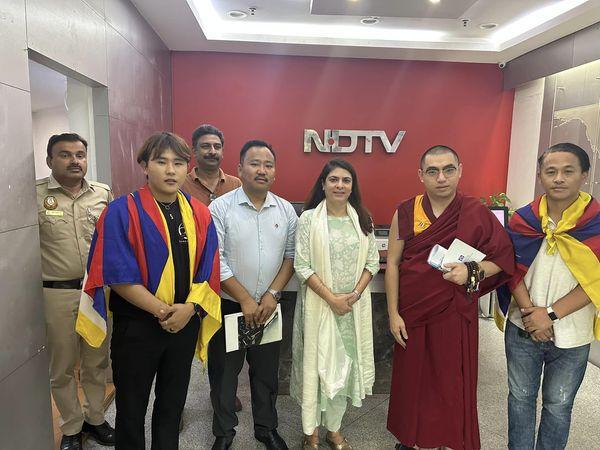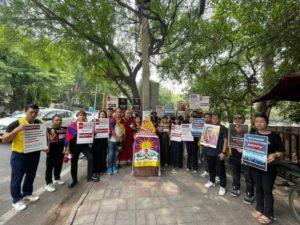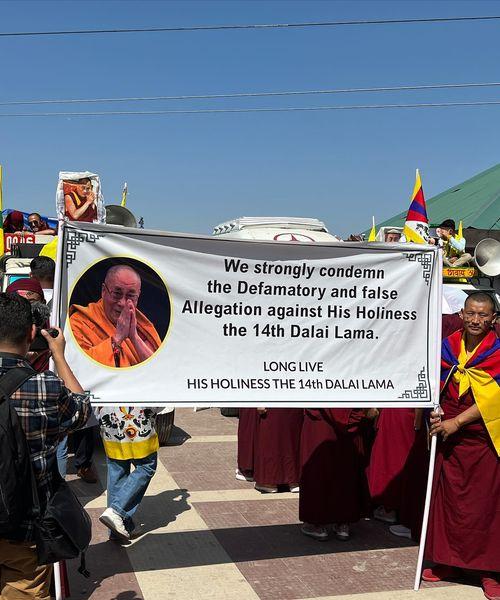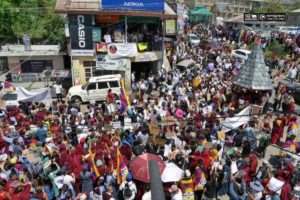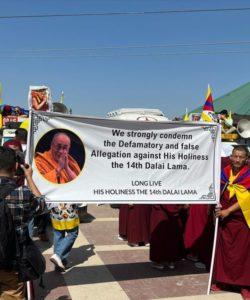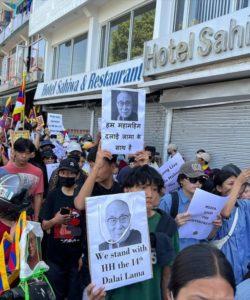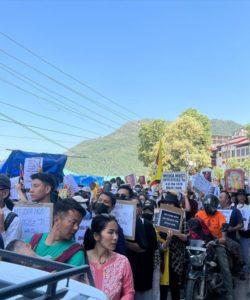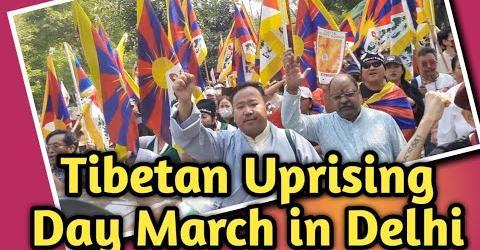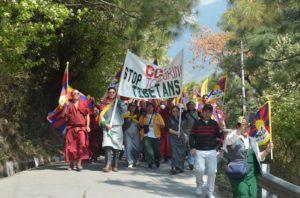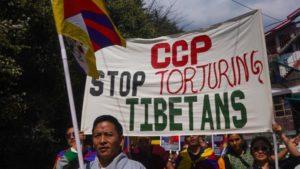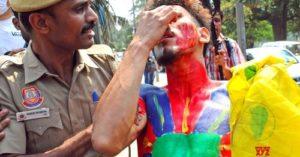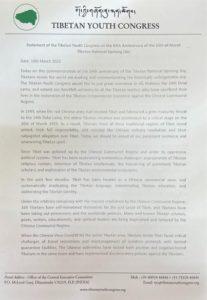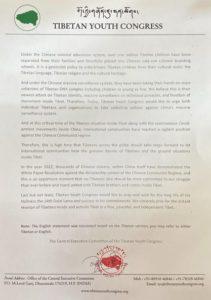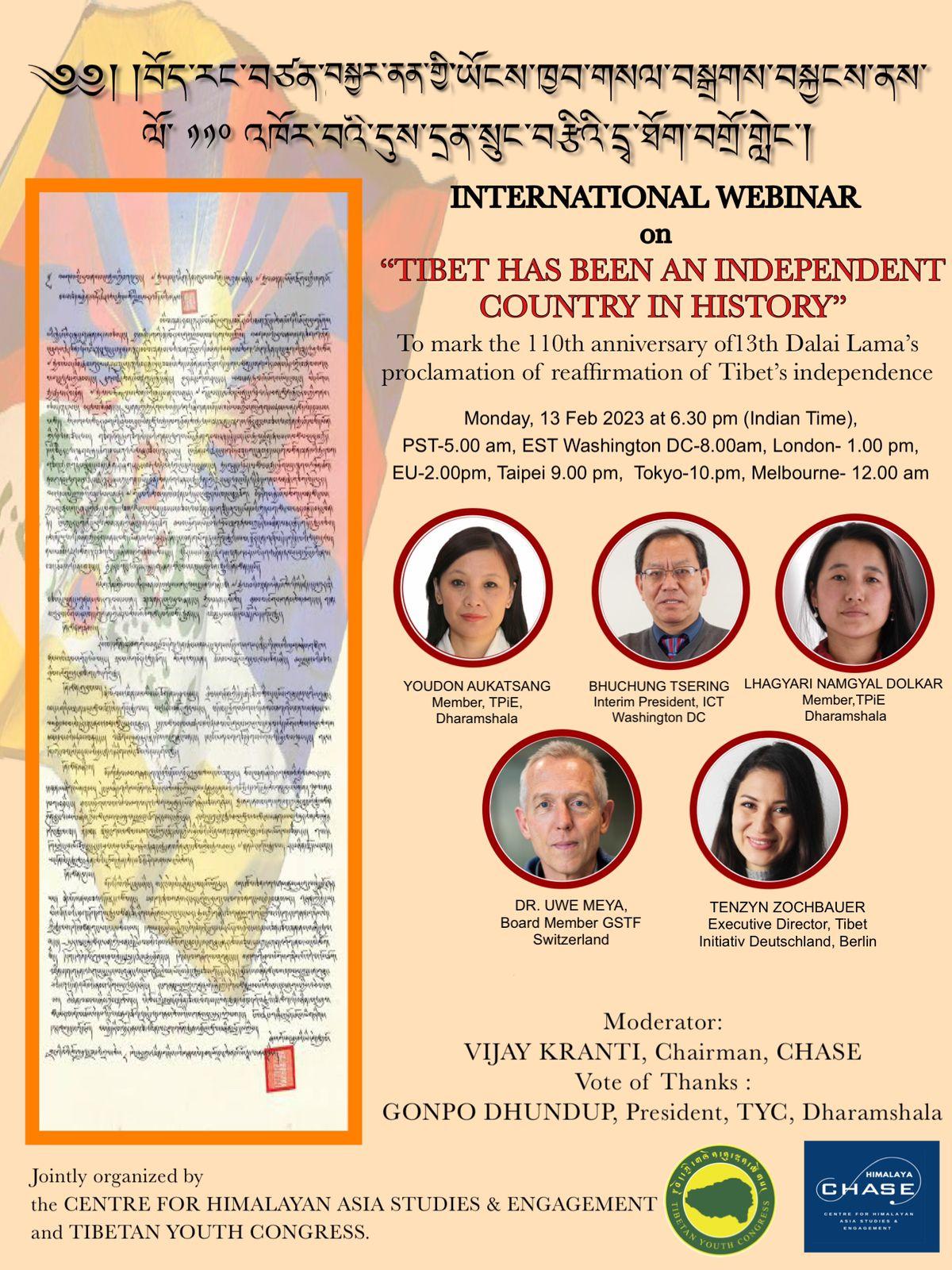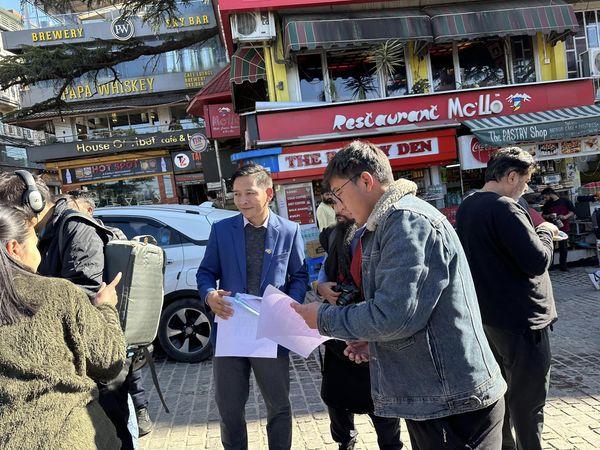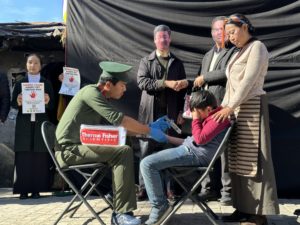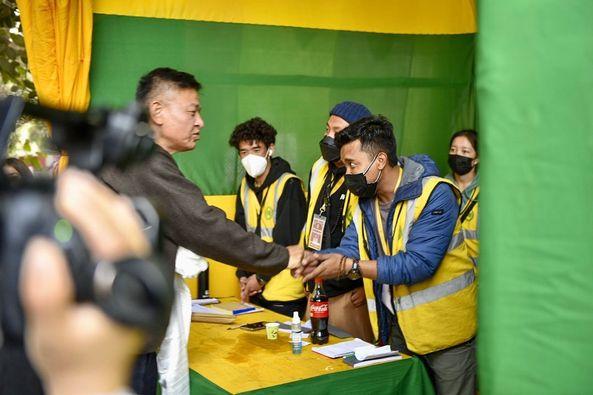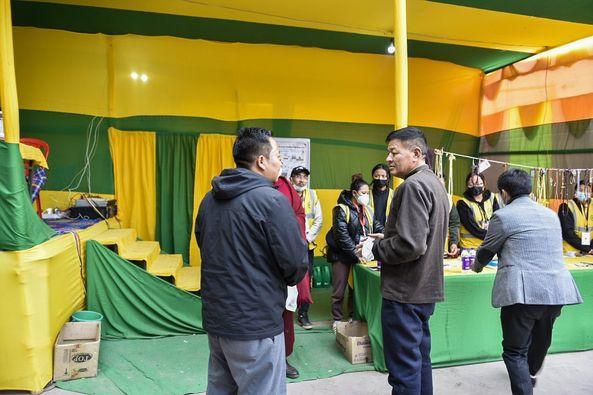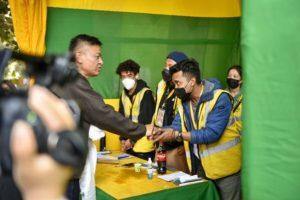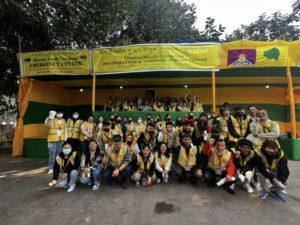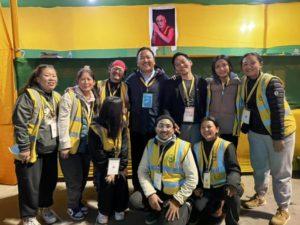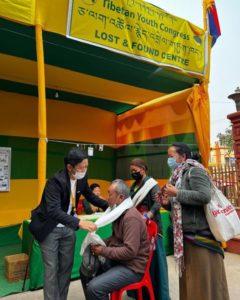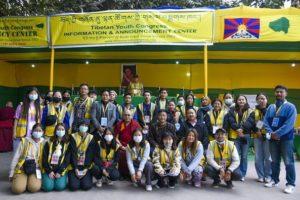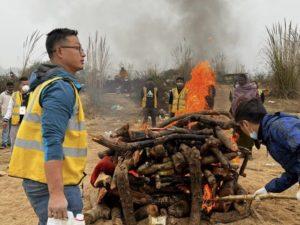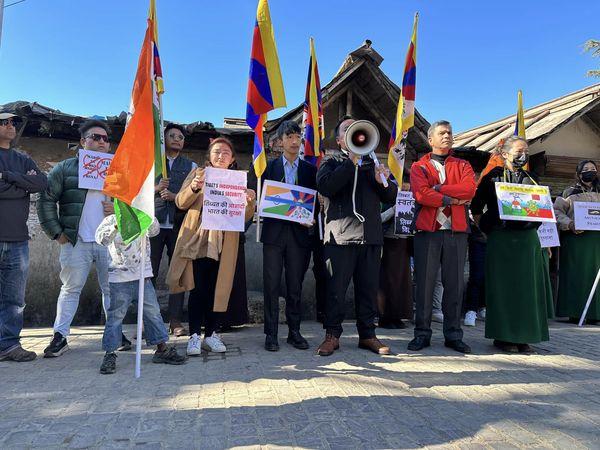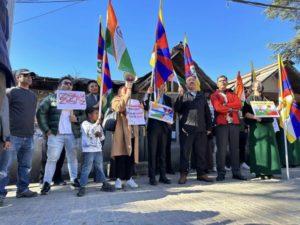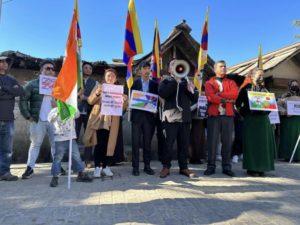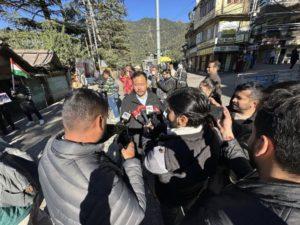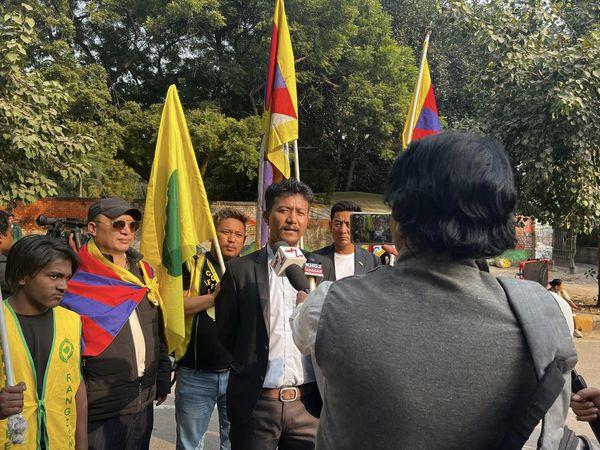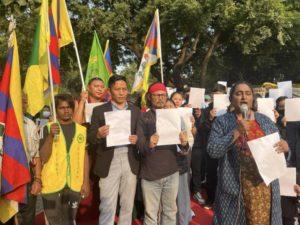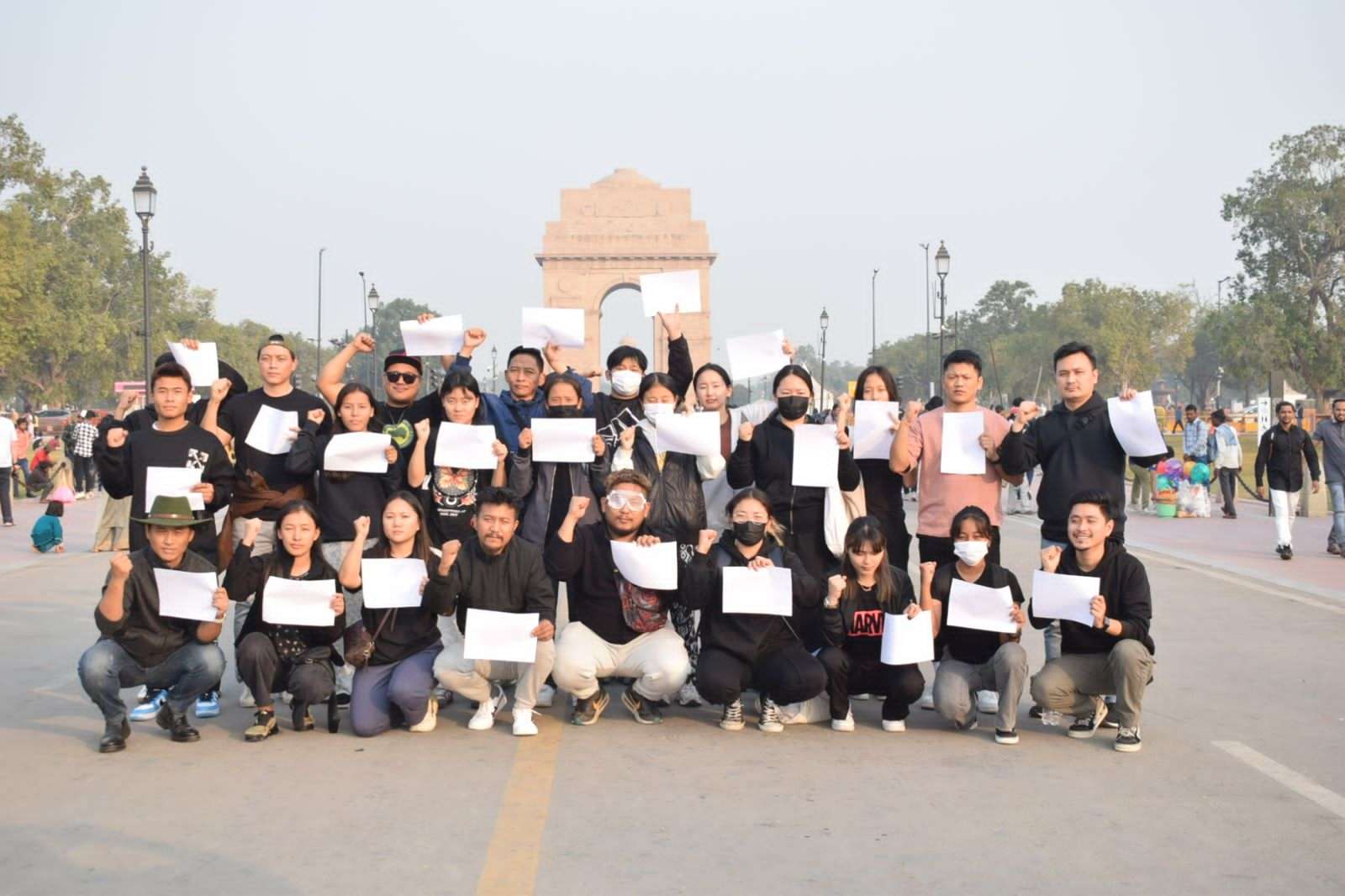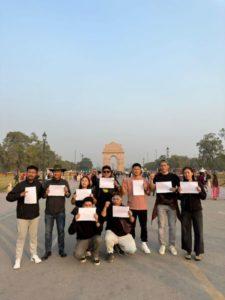Tibetan Youth Congress flagged off the month-long “Tibet Matters March” on 29th April 2023 and it was aimed at public awareness creation, international support, and the world leaders to talk about Tibet during the G20 summit. The president, Gonpo Dhondup spoke to the Times of India, “Tibet matters for India’s security, Tibet matters for global peace, and Tibet matters for the betterment of a whole section of the population and their livelihood”.
![]()
![]()
![]()
![]()
The month-long Tibet Matters March commenced from Gangtok, located in the state of Sikkim. The march spanned across the West Bengal region, covering a distance of over 700 kilometres. The determined participants persevered through this extensive journey, facing various challenges along the way. The march concluded at Tezpur, situated in the state of Assam.
![]()
![]()
![]()
The Tibet Matters March witnessed the participation of over 87 activists ranging from 23 to 70 years old, who embarked on a challenging journey from Gangtok to Tezpur. Despite facing scorching sun and heavy rains, the determined activists persevered, covering long distances each day with limited resources and poor facilities along the way. Their commitment and spirit remained unwavering.
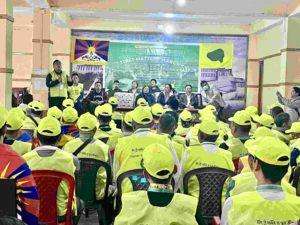
The media coverage surrounding the March was extensive, capturing the attention of both local and global news outlets, highlighting the demands being put forth. The enthusiasm and interest shown by the media further amplified the impact of the March.
The Tibetan and Indian communities warmly welcomed the volunteers, demonstrating their support through traditional gestures like offering Khata (scarves) and extending hospitality with water, juice, and donations to the Tibetan Youth Congress. The overwhelming support received from Tibetans worldwide served as an immense source of encouragement for the volunteers, reinforcing their dedication to engaging in such activism.
The Tibet Matters March benefited from the assistance and facilitation provided by the BTSM and ABVP friends in Guwahati, who helped organize a press conference. Other Tibetan support groups along the way also warmly received the volunteers, creating a network of solidarity.
Upon reaching Tezpur, the volunteers held a prayer meeting at Missamari in Assam, paying tribute to the Tibetan brothers and sisters who lost their lives during their escape into exile. The support extended by regional chapters in Northeast India and other chapters worldwide throughout the Tibet Matters March was crucial in ensuring its success.
![]()
Overall, the Tibet Matters March achieved great success, raising significant awareness and garnering interest from concerned leaders to address the demands of the marchers through their representatives. The determination and resilience displayed by the participants resonated strongly, leaving a lasting impact on the cause.

